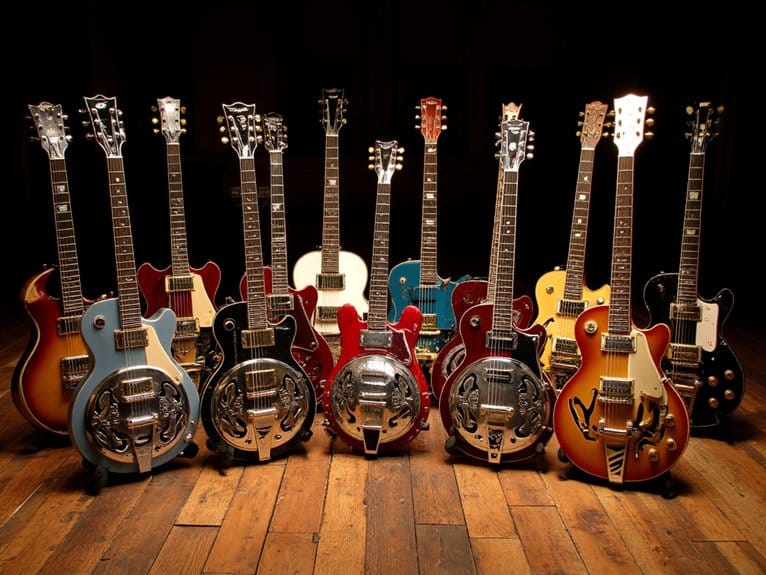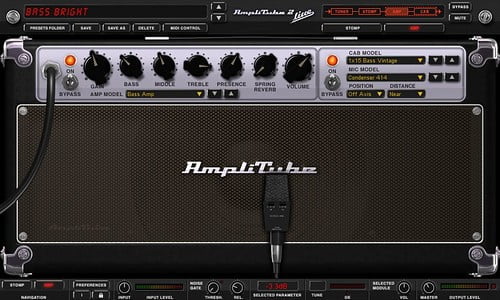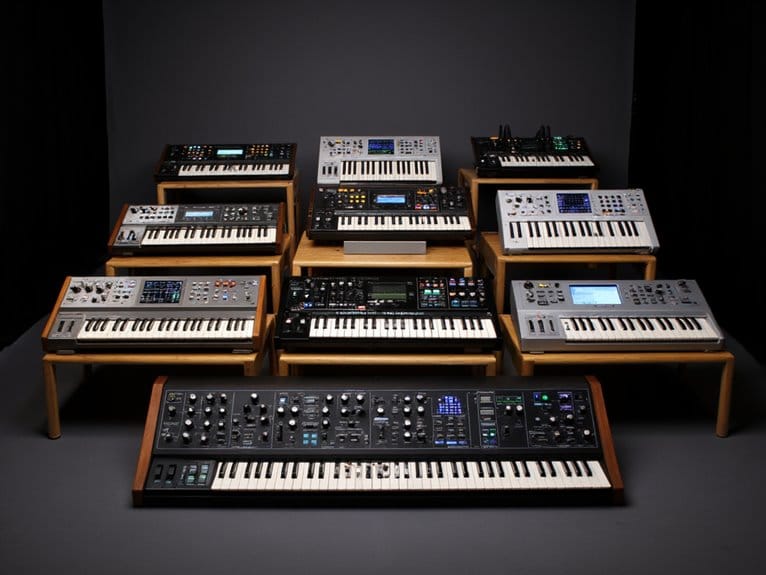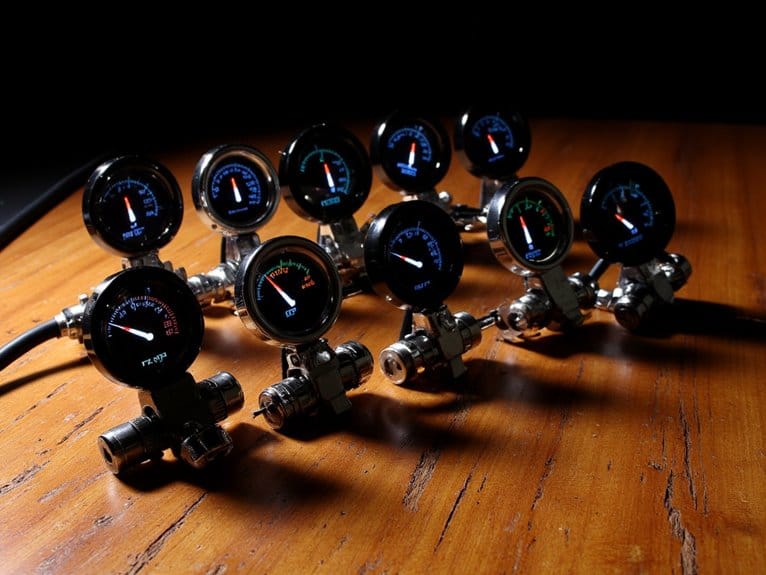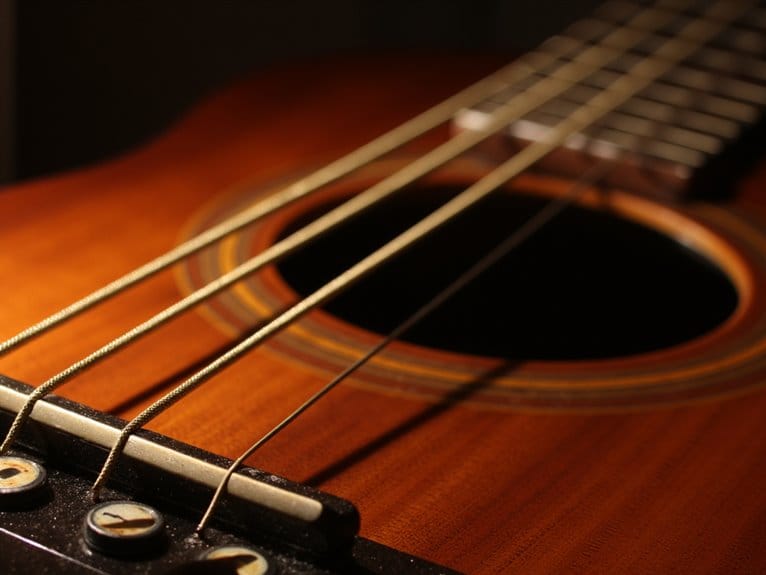Digital Vs. Analog Synthesizers: Selecting the Right Synth for Your Sound
The choice between these two domains of sound creation is not merely a matter of preference but a journey into the heart of sonic possibilities. Join me as we unravel the intricacies of digital versus analog synthesizers, delving into their distinct domains to uncover the perfect match for our sonic endeavors.
We are supported by our audience. When you purchase through links on our site, we may earn an affiliate commission, at no extra cost for you. Learn more.
Pros and Cons of Analog Synthesizers
When considering analog synthesizers, one must weigh the advantages and limitations they offer in music production. Analog synthesizers, such as the MS-20 Mini, provide musicians with a vintage analog sound that is highly sought after for its warmth and unique sonic characteristics. These instruments utilize analog filters, like the classic Lowpass filter found in the MS-20 Mini, to sculpt sounds with precision and depth. The Semi-modular Analog design of the MS-20 Mini allows for flexibility in signal routing, making it a versatile tool for sound exploration.
One of the key strengths of analog synthesizers is their fully analog components, which contribute to the soft-saturation-rich sounds and naturally unstable tones that define their sonic palette. The tactile control offered by physical knobs and interfaces on analog synths like the MS-20 Mini enables hands-on manipulation of sound parameters, providing a more intuitive and engaging user experience. These features make analog synthesizers a popular choice among musicians and producers looking to add vintage character and organic textures to their music.
While analog synthesizers excel at delivering a classic sound and hands-on control, they may have limitations with memory and polyphony compared to digital synthesizers. Despite these drawbacks, the unique sonic qualities and vintage appeal of analog synths, like those featured in the Synth Explorer series, continue to make them a valued tool in the music production landscape.
Pros and Cons of Digital Synthesizers
Analog synthesizers are renowned for their vintage charm and tactile control; in contrast, digital synthesizers offer a modern approach with higher polyphony counts and extensive sound-design capabilities. Digital synths excel in providing a vast range of sound-design options, catering to diverse music styles and production requirements. The increased polyphony count in digital synthesizers allows for the creation of intricate and layered sounds, enhancing musical depth and complexity.
Furthermore, digital synthesizers offer unparalleled flexibility in modulation sources and destinations, enabling musicians to perform detailed sound manipulations with ease. The availability of various modulation options in digital synths empowers users to craft unique and evolving sounds through sophisticated modulation techniques.
One significant advantage of digital synthesizers is the ability to save custom presets, facilitating instant recall of favorite sounds during live performances or studio recording sessions. This feature streamlines the music production process, allowing artists to focus on creativity without the need to recreate sounds from scratch each time.
However, it is essential to note that digital synthesizers may exhibit aliasing at extreme pitches due to the inherent characteristics of digital signal processing. Despite this limitation, the overall capabilities and versatility of digital synths make them a valuable tool for modern music production and sound design.
Live Performance Vs. Studio Recording Considerations
Considering the distinct needs of live performance and studio recording, how do the characteristics of analog and digital synthesizers align with each setting? Analog synthesizers, with their tactile control and organic warmth, are well-suited for live performances. The hands-on experience of manipulating knobs and sliders encourages spontaneity and improvisation on stage, enhancing the overall performance. On the other hand, digital synthesizers shine in the studio recording environment. Their versatility and extensive sound manipulation options make them ideal for the meticulous sound design process required during music production. Additionally, the integration of keyboards and synths offers musicians a broader range of creative possibilities, allowing for seamless transitions between live performance and studio work. While analog synthesizers may excel on stage, the precision of digital options can lead to polished, professional recordings that capture the nuances of a composer’s vision. Ultimately, both types of instruments play crucial roles in shaping the sound landscape of modern music. Additionally, many digital synthesizers can be used in conjunction with a MIDI controller, allowing musicians to achieve precise control over their sound design. This combination enables producers to experiment with intricate arrangements and layers that may be more challenging to achieve with analog systems. Ultimately, each type of synthesizer brings its unique strengths to the table, catering to different aspects of music creation and performance.
When it comes to hardware synths, analog varieties tend to be favored by live performers for their immediate response and authentic sound, while digital synths offer a wide range of digital effects and precise sound shaping capabilities, making them a staple in studio setups. The choice between analog and digital synthesizers ultimately depends on the specific needs of either live performance or studio recording. Live performers may value the character and warmth of analog synths, while studio producers may appreciate the flexibility and recall functionality of digital synthesis for intricate sound design processes in music production.
Sound Quality Comparison: Analog Vs. Digital
Analog synthesizers are renowned for their warm, vintage character and soft-saturation-rich sounds, providing a unique sonic signature that many find appealing. On the other hand, digital synthesizers offer a wide array of synthesis methods and a vast selection of presets for sound creation, enabling users to explore a broad spectrum of sounds and textures.
One key difference lies in polyphony and memory capacity. Analog synthesizers typically have limitations in polyphony and lack memory for storing presets compared to digital synthesizers, which can store numerous presets and offer greater polyphonic capabilities. However, digital synthesizers may struggle to fully replicate the natural warmth and character of analog synths, leading to a debate over sound quality authenticity.
Virtual analog synthesizers seek to bridge this gap by combining the warm character of analog sounds with the flexibility of digital technology. They aim to offer the best of both worlds, providing users with a blend of classic analog warmth and modern digital convenience. When considering sound quality, the choice between analog and digital ultimately depends on individual preferences, desired sonic characteristics, and the specific needs of the music being created.
Hybrid Synthesizers: Best of Both Worlds
Combining the rich warmth of analog tones with the versatile capabilities of digital technology, hybrid synthesizers offer a unique and innovative sonic experience. These synthesizers strike a balance between traditional analog sound and modern digital features, making them a popular choice among musicians seeking the best of both worlds. Here are some notable examples that showcase the capabilities of hybrid synths:
- UDO Super 6: Known for its lush analog textures and powerful digital engine, the UDO Super 6 delivers a wide range of sonic possibilities, blending the best of analog warmth with digital flexibility.
- Arturia Microfreak: This hybrid synthesizer breaks boundaries with its experimental sound design capabilities, incorporating both analog and digital elements to create truly unique tones.
- Korg Minilogue XD: Offering a blend of analog sound and digital effects, the Korg Minilogue XD provides musicians with a versatile platform for sound exploration and synthesis.
- Elektron Analog Four: Renowned for its robust analog sound engine and digital control options, the Elektron Analog Four is a go-to choice for those seeking a hybrid synthesizer that excels in both spheres.
These synthesizers demonstrate how the fusion of analog and digital technologies in hybrid synths can lead to rich, dynamic soundscapes that cater to a wide range of musical styles and preferences.


